There are many far-flung corners on our planet where life is not an easy thing. I’m not talking about African deserts or the Amazon jungle. Old Europe has inhabited islands with extremely unfavourable weather, so that they may never become a point of destination even for an avid traveller. Nevertheless, no matter what it takes, we decided to get to the largest island of the Outer Hebrides – Lewis and Harris. This is also the third largest island in the Great Britain.
Although the name suggests that there are two separate islands – Lewis and Harris, it is geographically one area. Interestingly, how different is the landscape: you will see completely different landscapes at opposite ends of the island: plains prevail on Lewis, while mountain ranges are more common for Harris.
As with other parts of Scotland, it won’t be an issue to get to the island – take ferry or plane. We took a ferry from the port town Uig on the Isle of Skye. Unlike the Orkney Islands, Caledonian MacBrayne operates ferry lines in this part of Scotland. Their ferries are incredibly beautiful and comfortable, so you’ll travel with great pleasure. By the way, it takes about 2 hours to get there. Our ferry arrived at Tarbert, a small town on Harris, the starting point of our journey into the depths of the severe end of the earth.
Why this area is so harsh? Firstly, there are very strong winds comparable only with those in Iceland. It’s a wind that blows the warmth out of your body completely, so good windproof clothes are an absolute must there. Secondly, rains greatly vary from those on the mainland – if you get caught by the rain, don’t hope to wait out it somewhere. At best, it will end the next day, at worst it may rain one or even two days. Moreover, when we stayed at guest houses on the island, all our hosts told us the same thing: severest storms are quite common in winters. Winter storms are so strong there that they often damage roofs and windows. In other words, autumn and winter aren’t the best seasons for traveling. Nevertheless, despite such harsh weather, this land is quite populous – nearly 20,000 people who seemed not afraid of such circumstances.
When we came off our ferry, we could not wait to have a look at white beaches with turquoise waters looking like paradise islands in the Pacific Ocean on online photos rather than northern isles. Even in the hottest time of the year, the water temperature doesn’t rise above 10-13 degrees Celsius making it unsuitable for swimming. Dogs walking with their masters seem to be quite brave to occasionally to jump into the icy water. According to the TripAdvisor rating, Harris hit top ten islands in Europe followed by well-known resorts Santorini and Mykonos. Beaches are scattered along the coast of the island, so you can choose any of them to walk and enjoy the scenery.
Near one of those beautiful beaches is a stone which we couldn’t find at the first try. We found the exact coordinates of this stone only during our second trip. This is Macleod Standing Stone, a hard-to-find sight even in online resources. It is believed that it was set at an angle to track movements of the Moon and is considered to be an astronomical observatory.
The town of Stornoway is an administrative centre of the island and is located in the extreme north of Lewis. We headed to this town and enjoy unearthly landscapes with incredible stones, moss and lava on the way to Stornoway.
There are many signs along the road warning a driver of animals that can suddenly appear, and for good reason. We’ve witnessed a big deer jumping on a car moving before us and nearly colliding with it. However the deer slowed down, turned and went away.
Stornoway is a centre where Harris Tweed, the legendary Scottish tweed, is produced. It is well-known in the world for its premium quality. The fabric is made from local sheep wool – you will see numerous sheep grazing upon the hills of the island. Notably, the company has chosen a very remote island for its head office close to its manufacturing site rather than a posh district in London or Edinburgh.
Lewis Castle, the only castle on the island, was under reconstruction and we shot its top and made a few pictures of its neglected garden from which the castle looked even more mysterious.
When we left Stornoway, we felt the notorious weather we’ve heard a lot. It suddenly came on to rain. It rained throughout that day and throughout the night, and throughout the following day leaving us no chance to admire the legendary cromlech under the setting sun. The cromlech, though less known than Stonehenge in England, is much older. It is a stone complex known as Callanish, a ring of 13 stones. Its peculiarity is four lines of stones diverging from the centre of the ring forming a Celtic cross, if you look at it from above. The complex has 47 stones in total. Nobody knows now for what purpose this complex had been built, and as always with such monuments, the hypotheses suggest that it might have been an observatory or a sanctuary of the moon. The facts show that the moon passes through the southernmost point of the sky every 18.5 years, and if you stand near Callanish at that moment, the moon would seem to move in parallel to the horizon as if it touches the ground. This set of stones had been built 500 years before Stonehenge, that is, between 2900 and 2600 BC. The local people have their own point of view about the origin of the cromlech. They believe that the stones are giants who used to live on the island, but refused to accept Christianity and were turned into stones as a punishment. The stones appeared before us in the drizzle, and they did look more like dull stone giants rather than the sanctuary of the moon.
Chess lovers and lovers of history will appreciate a real treasure found by a local shepherd in 1831 on the coast of Lewis, in Hamnaway. Some of these chess are made of walrus tusk, but there are also figures reportedly made of a whale tooth. The figures date back to the period between 1150 and 1200. The way how the chess figures came to such a remote island of the Outer Hebrides remains a mystery. Even more, nobody knows now which country can claim to be the homeland of these unique figures. A dispute between the three countries – Iceland, Norway, and Britain – is in full swing today. Why these countries are struggling? The answer is very simple: walruses are found in Iceland, the authorship is attributed to Norwegian cutters, and the treasure was found on the shores of Scotland. Today, some figures are kept by the Tarbert Museum, while the rest of the collection belongs to the British Museum. We didn’t visit the Museum, but we saw some free-standing large figures designed like those little chess pieces.
What surprised us in the Outer Hebrides most was a large number of islands with fascinating coves and white sands. We’ve made an unplanned visit to the island called Great Bernera whose historical facts would undoubtedly be very interesting for all lovers of Ian Fleming’s books and his famous protagonist, James Bond. So, the island was owned by Count Robin de la Lanne-Mirrlees, and thanks to his friendship with Fleming, it was he who became the prototype of the famous superhero, agent 007. After his death, the island hasn’t had an owner for a long time and was estimated at £ 70,000. In 2015, inhabitants of Great Bernera (about 250 people in total) voted for the decision to buy out the island, and now the island is the property of their community. The house in which James Bond’s prototype lived hasn’t yet been bought out. Maybe some of my readers will consider buying it.
Sandy shore of Bosta Beach, a secluded cove in the north of Great Bernera, overlooks fantastic cliffs in the sea. An ancient settlement dating back to the Iron Age is right there. We couldn’t get inside, but it looks like a grass-grown earth embankment. Only a few people know about this place that’s definitely worth a visit.
To double our fantastic impressions of this remote island, we stayed for a night in a real castle. We chose the castle built in 1865 and is known as Amhuinnsuidhe Castle, the most difficult-to-read and hard-to-pronounce name. It functions as a HB (half-board) hotel. It means that you choose the type of accommodation and the price includes breakfast and evening meal. The booking requires you to make the full payment and if you cancel your reservation, the price is not redeemed. The castle is not very far from the port of Tarbert, but to get there we had to overcome a rather difficult section of a single-lane serpentine road. Rain and frog made the trip even more difficult because the visibility was very limited. When we approached the castle, we didn’t understand that it was the castle – private property and no trespassing signs were everywhere. Since there was no other accommodation in the vicinity, we decided to go there and ask somebody. Imagine our surprise when the castle, which looked like a real museum, turned out to be our point of destination.
We were accommodated in the suite Voshimid. By the way, suites in the castle have names rather than numbers we used to. Our suite looked like the scenery for a film about French kings – a huge tent bed, ottomans, and ancient books, at least 100 years old each.
Everything in this building said us: we are in an old castle where people do live. Many portraits of Scottish highlanders hang on the walls. Numerous stuffed animals speak how the owners like hunting. We felt embarrassed stepping on thick and dense carpets in our dirty shoes.
Our experience reached its maximum at the dinner: dishes were served by a butler after a special call. Lighted candelabras stood along the table and added the solemnity to our evening meal. The table gathered all the visitors of the castle: an elderly couple from Canada, a family from Scotland, a man from Glasgow, and we. We could imagine ourselves to be members of the royal family during that dinner when all family members gathered around the table and shared their impressions of the day. We also learned that there were stables at the castle, and we could go horse riding or go fishing to catch world famous Scottish salmon or head to mountains for hunting experience. In other words, this is a place for weekends and holidays for many families who would like to take some rest and relax from the hustle and bustle of big and noisy cities. The castle is open for visitors from spring to autumn. You can also arrange there a classical Scottish wedding for 50 guests, but remember to book and pay for your accommodation in advance because the castle is a very popular tourist destination.
This incredible experience crowned our acquaintance with the farthest point of our beloved Scotland – the amazing island of Lewis and Harris. We were very pleased with how much we were able to see there, and we do hope to come here again in one of our future trips.

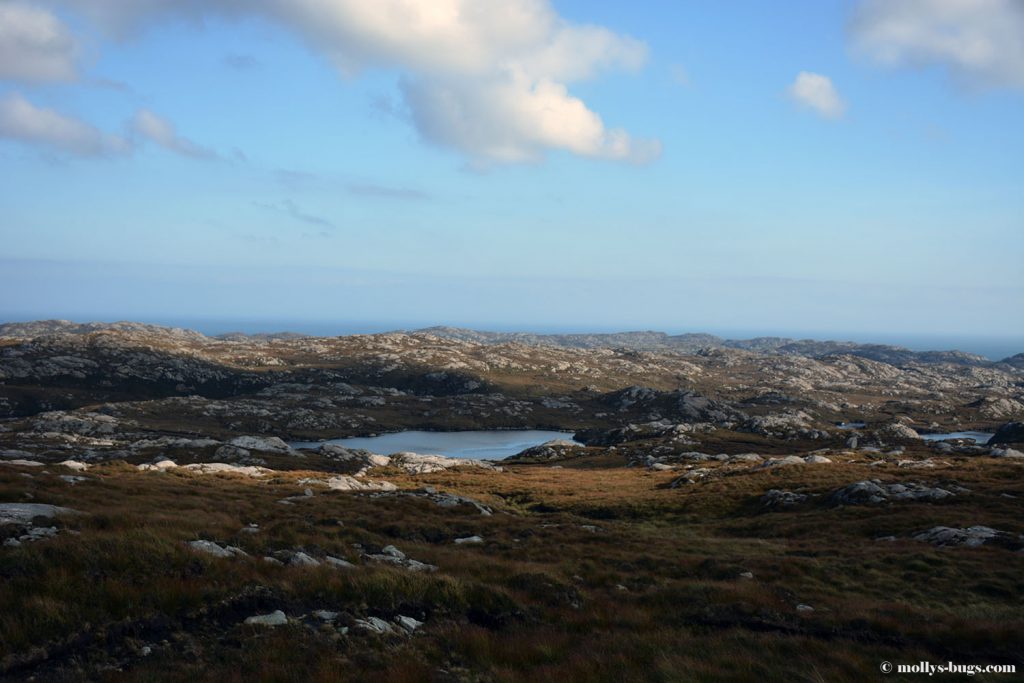

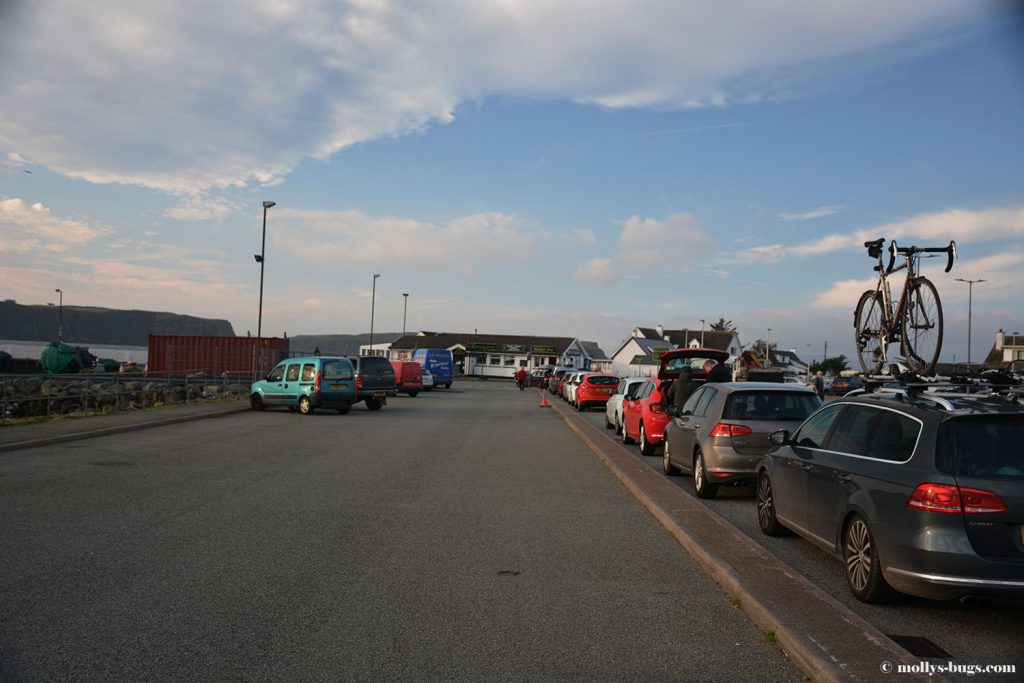
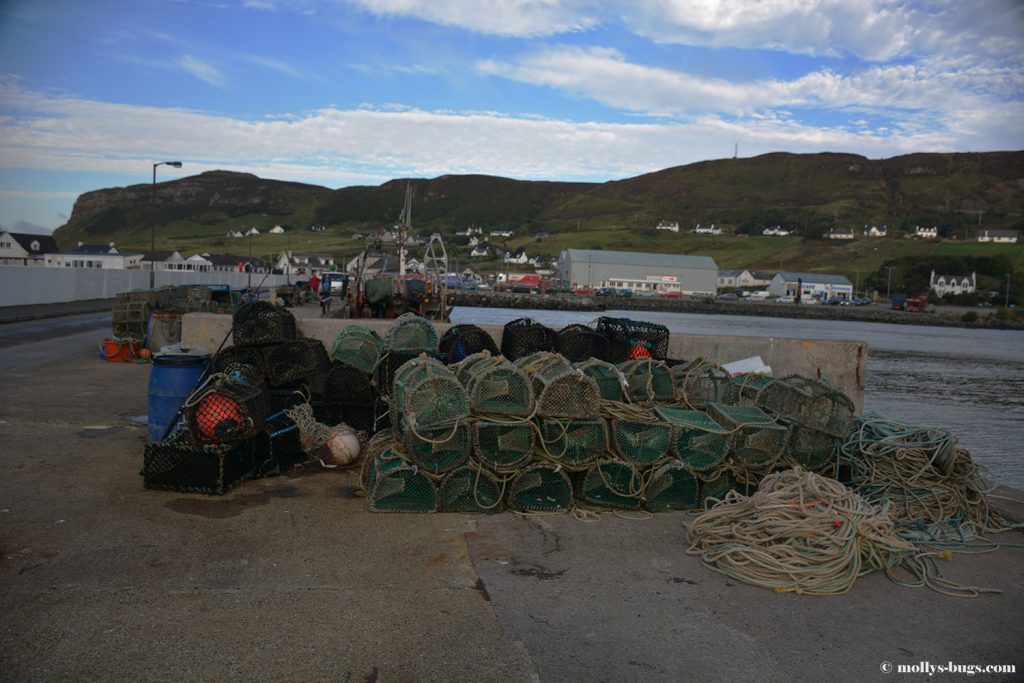
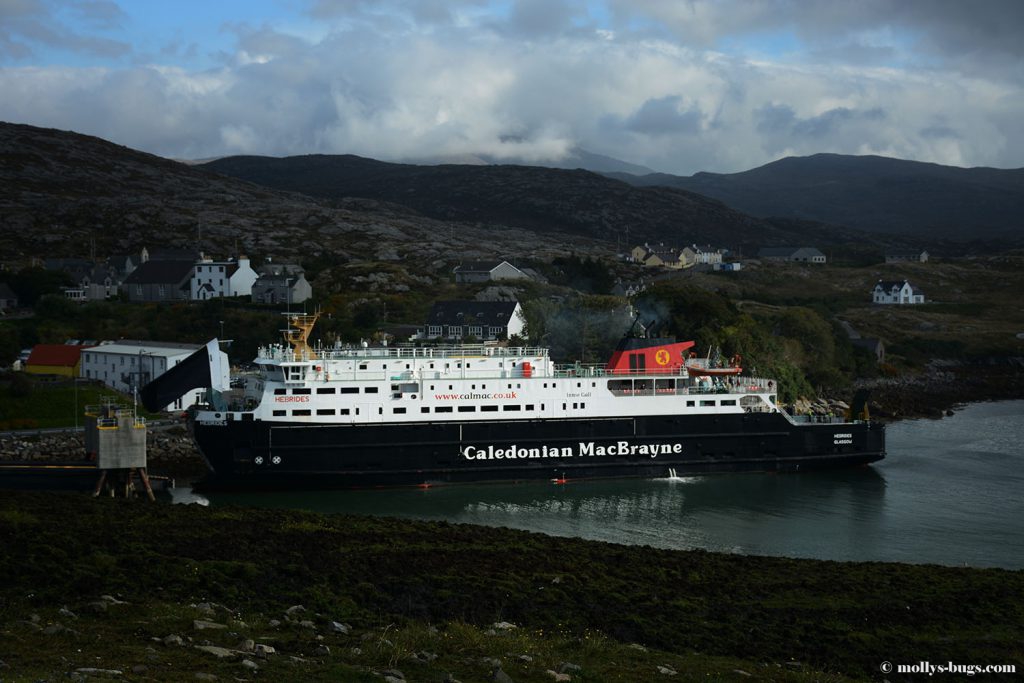
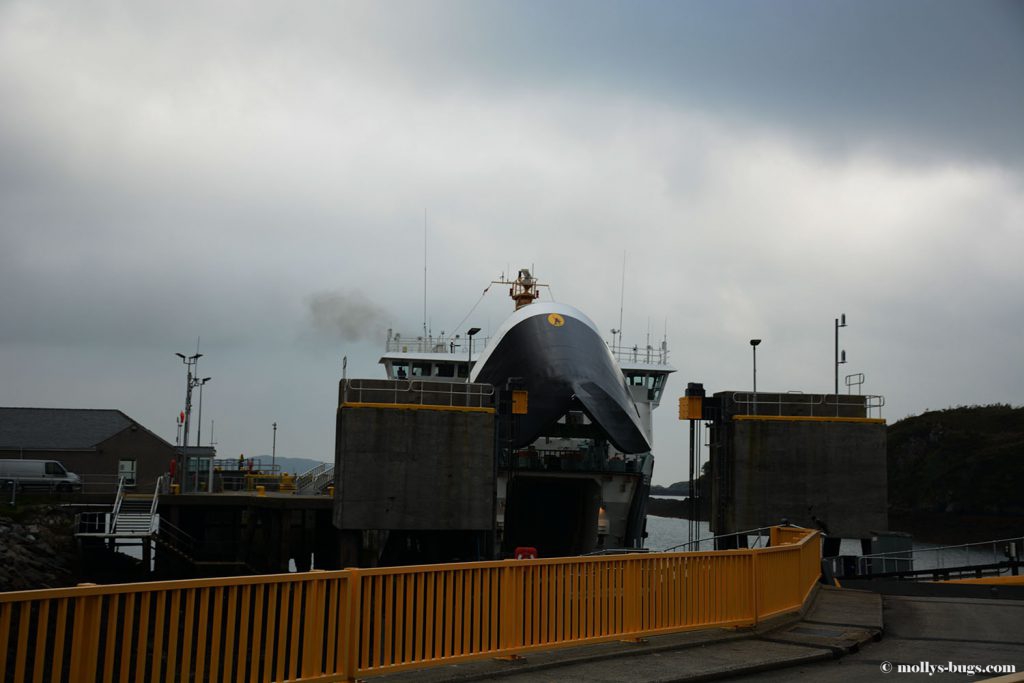
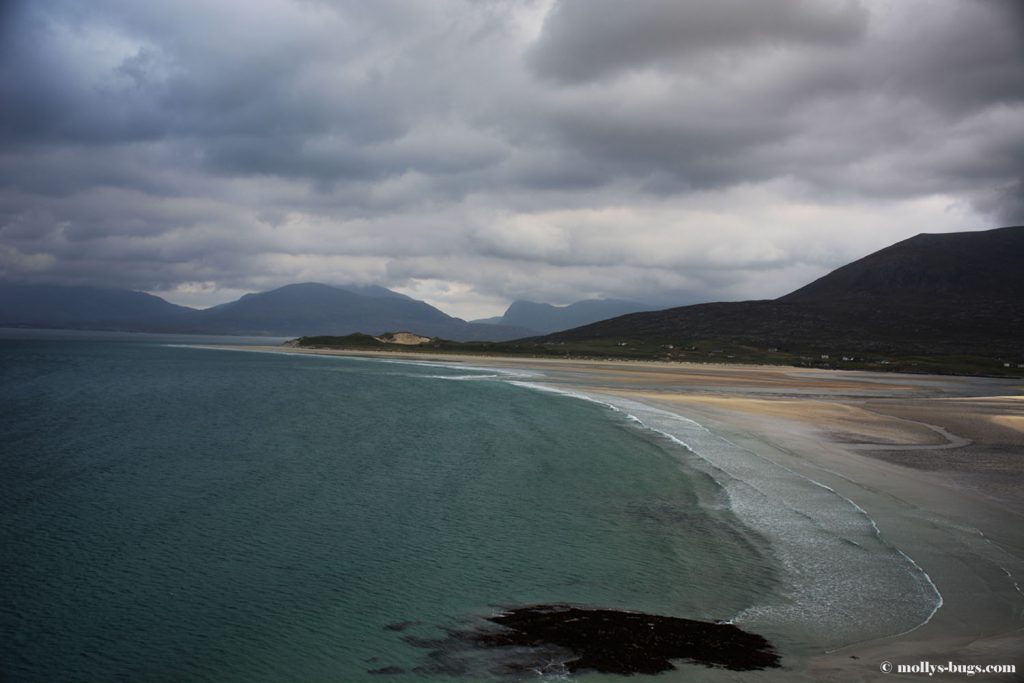
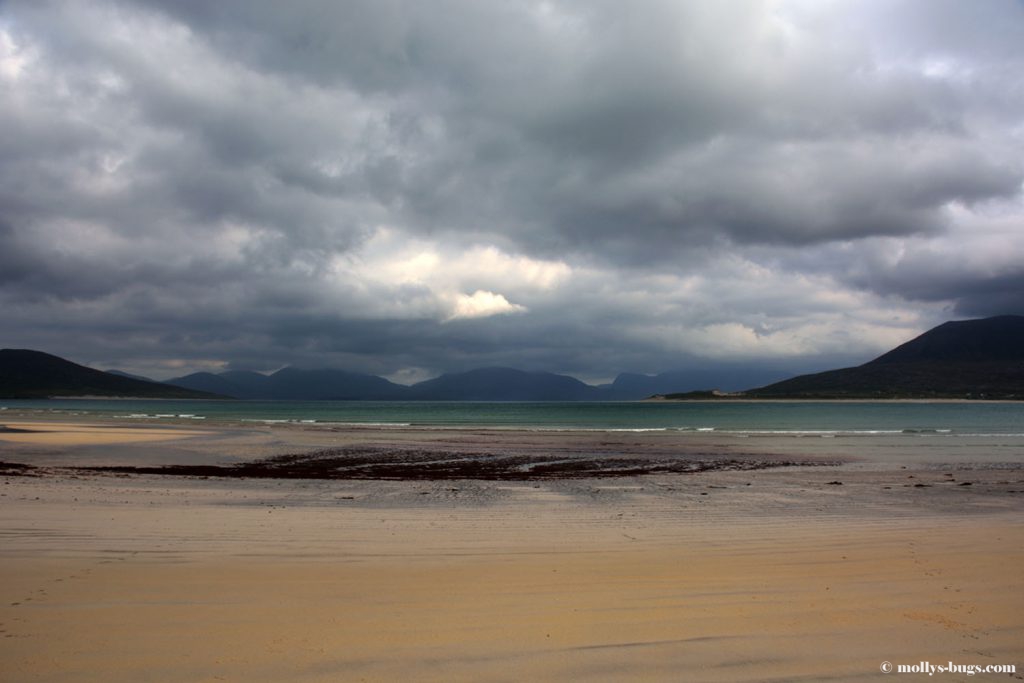
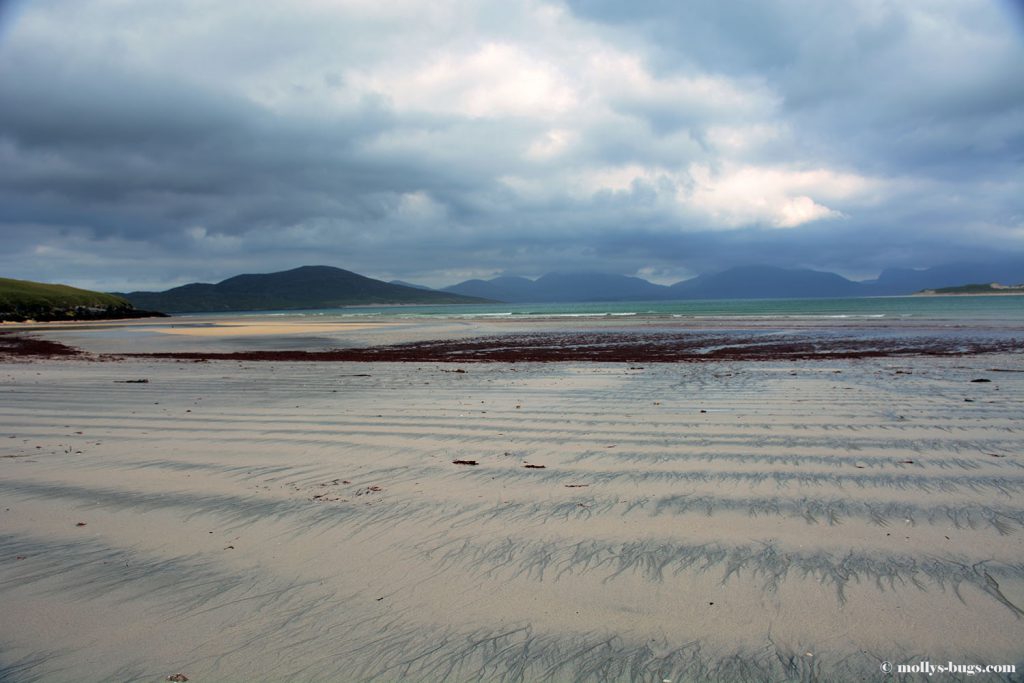
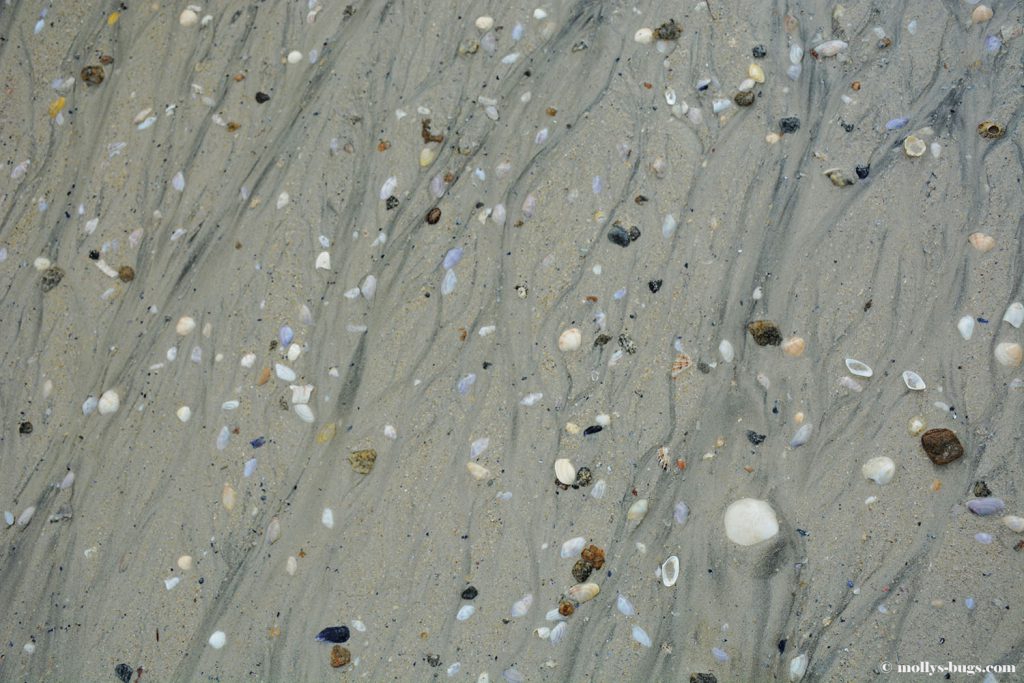
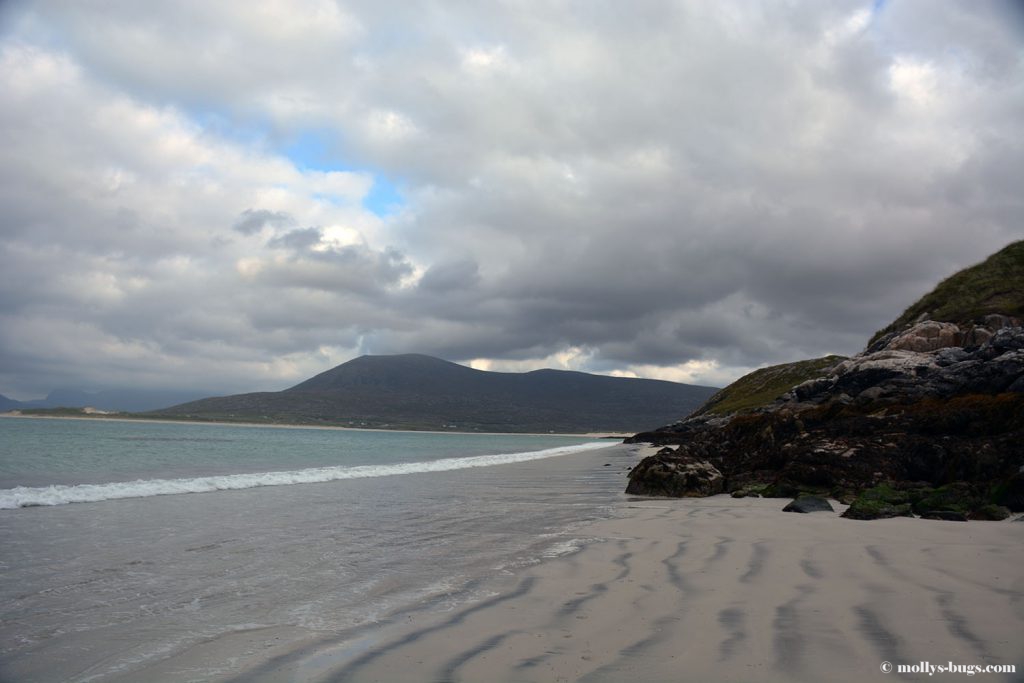
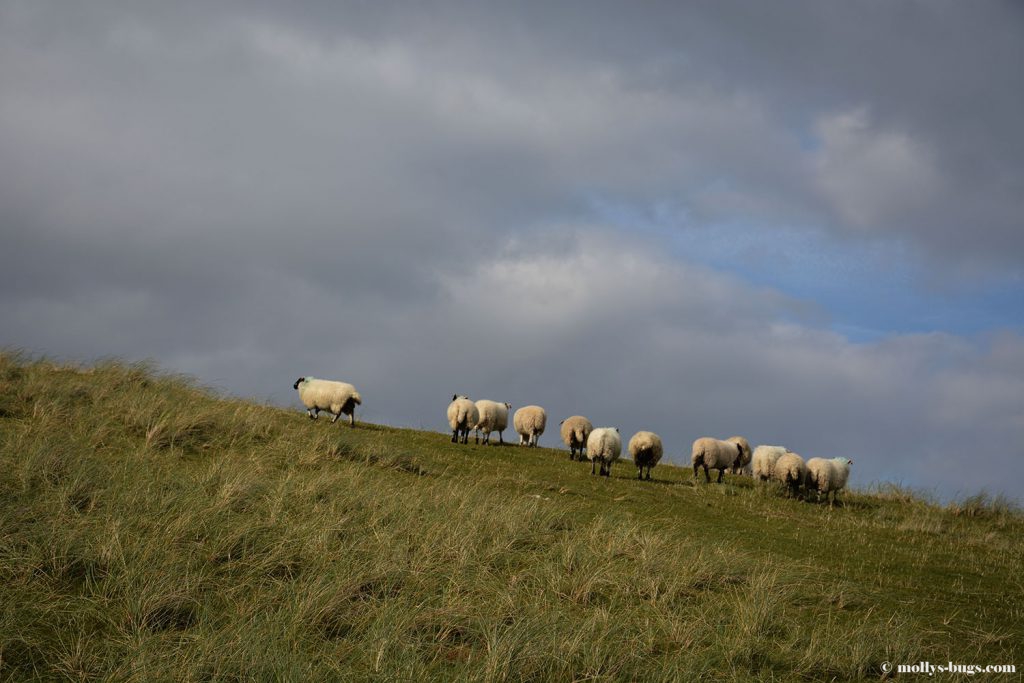
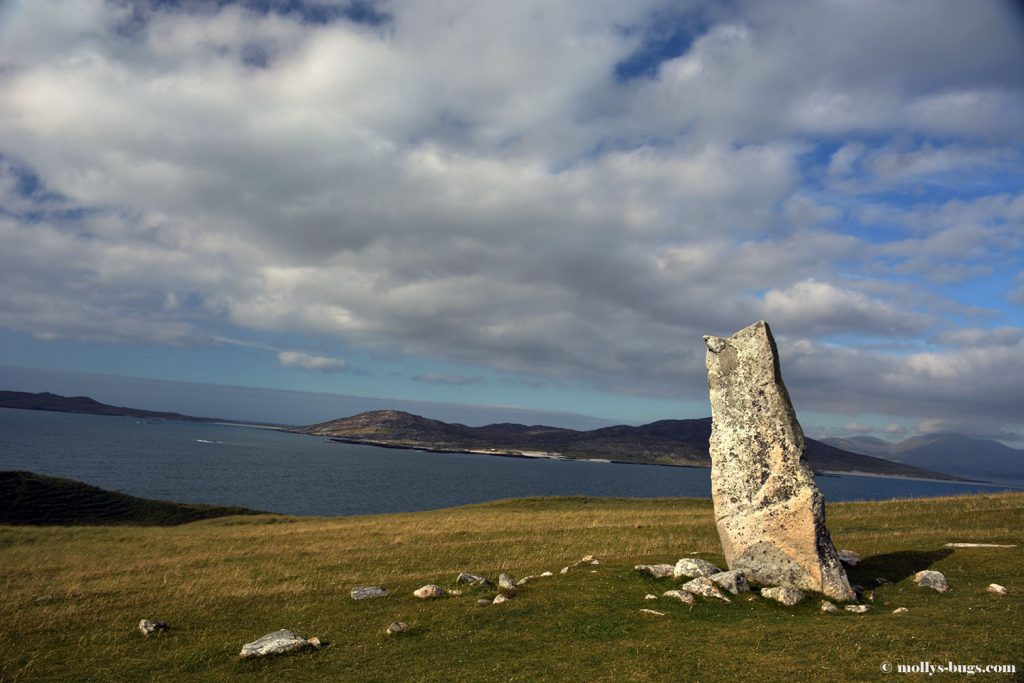
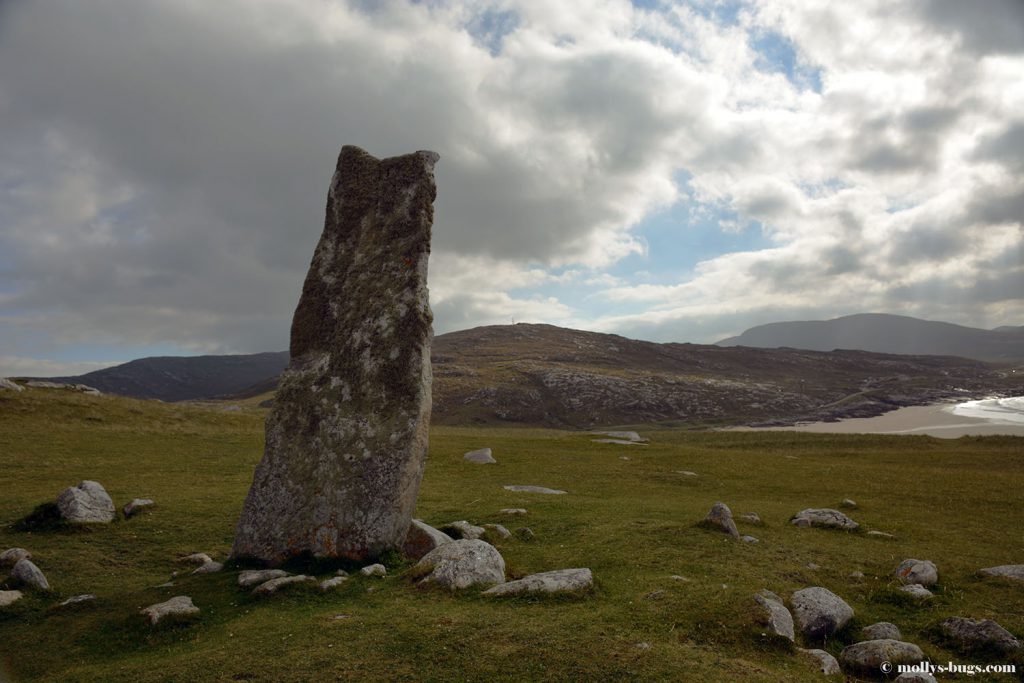
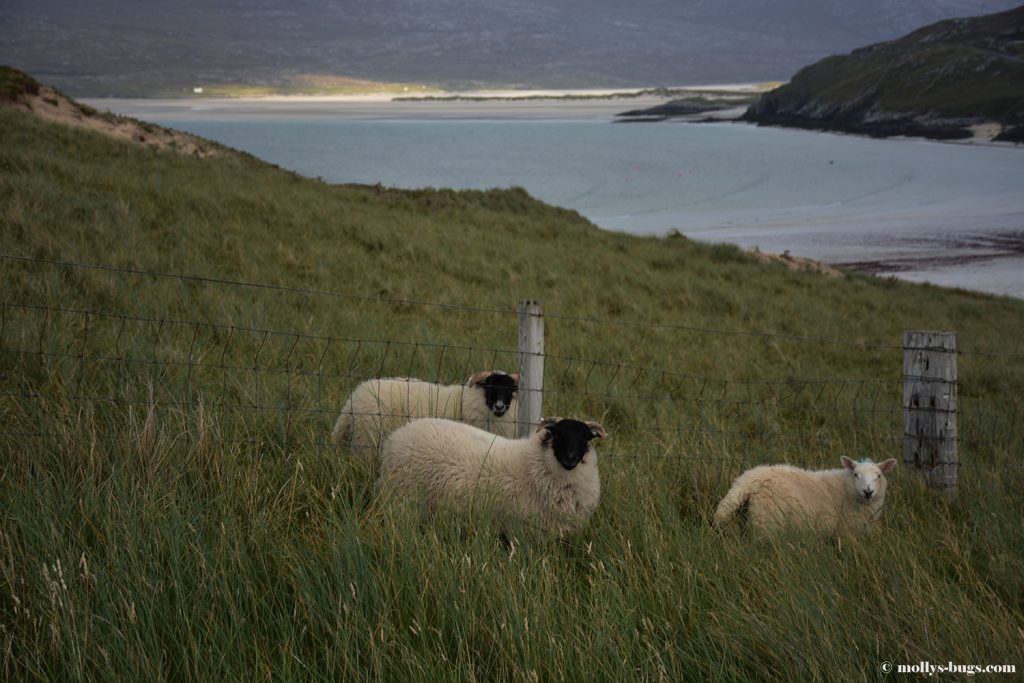
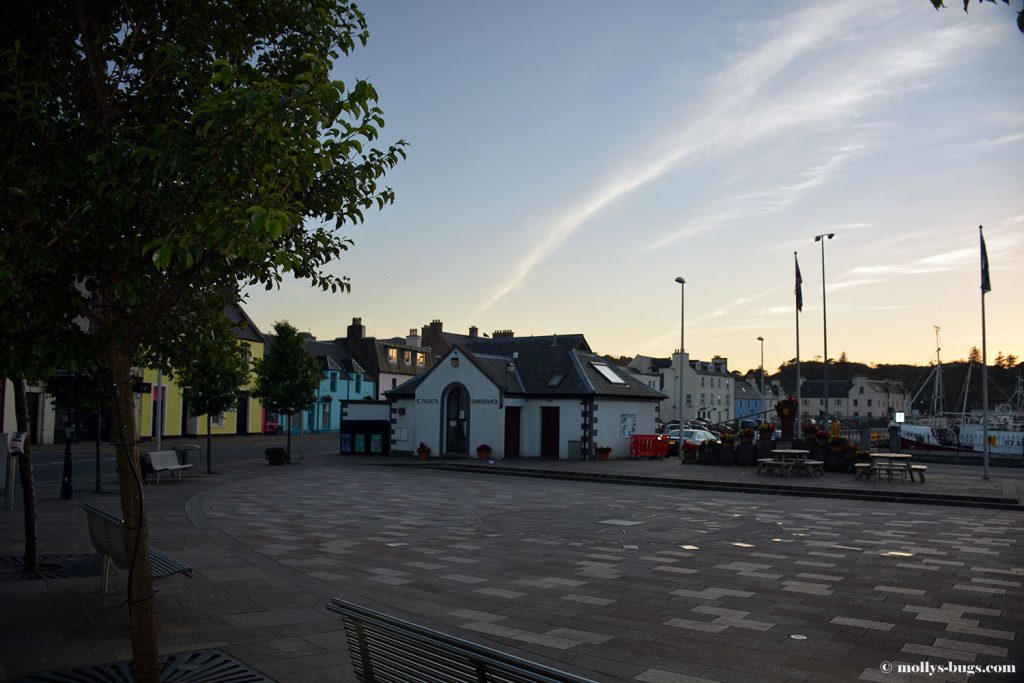
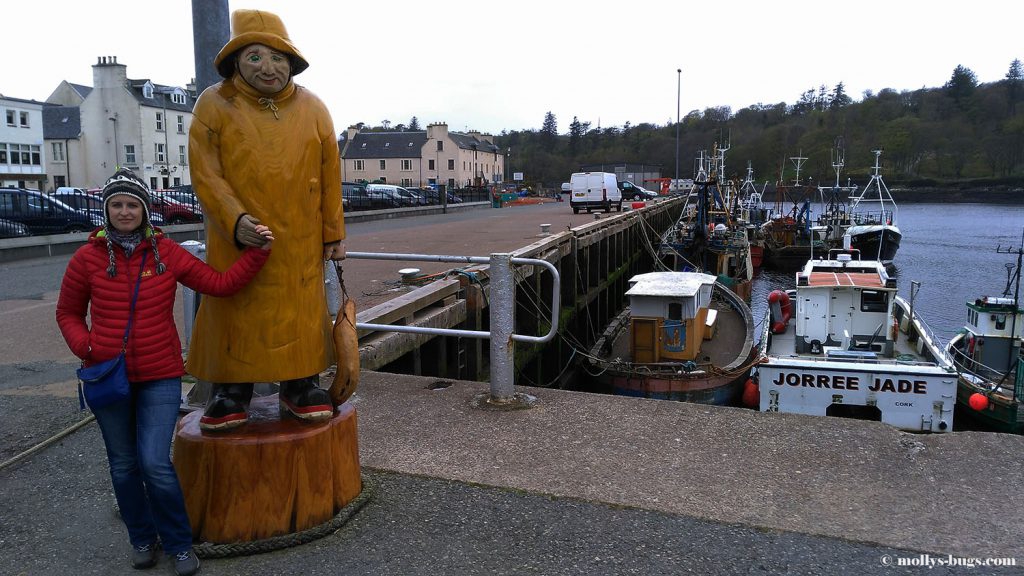
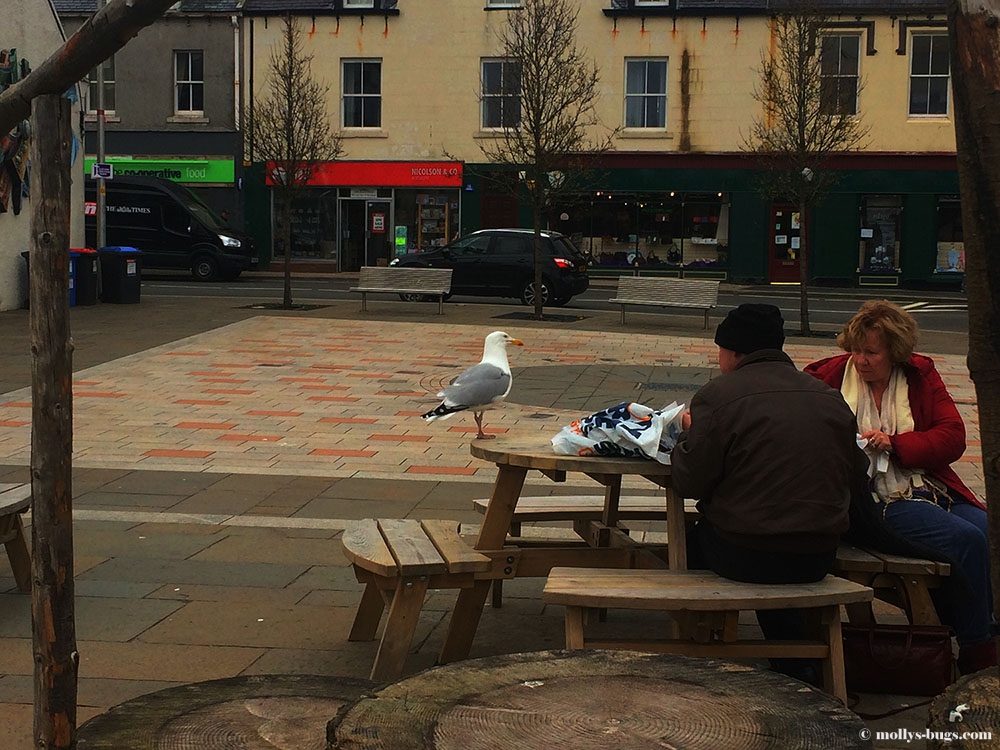
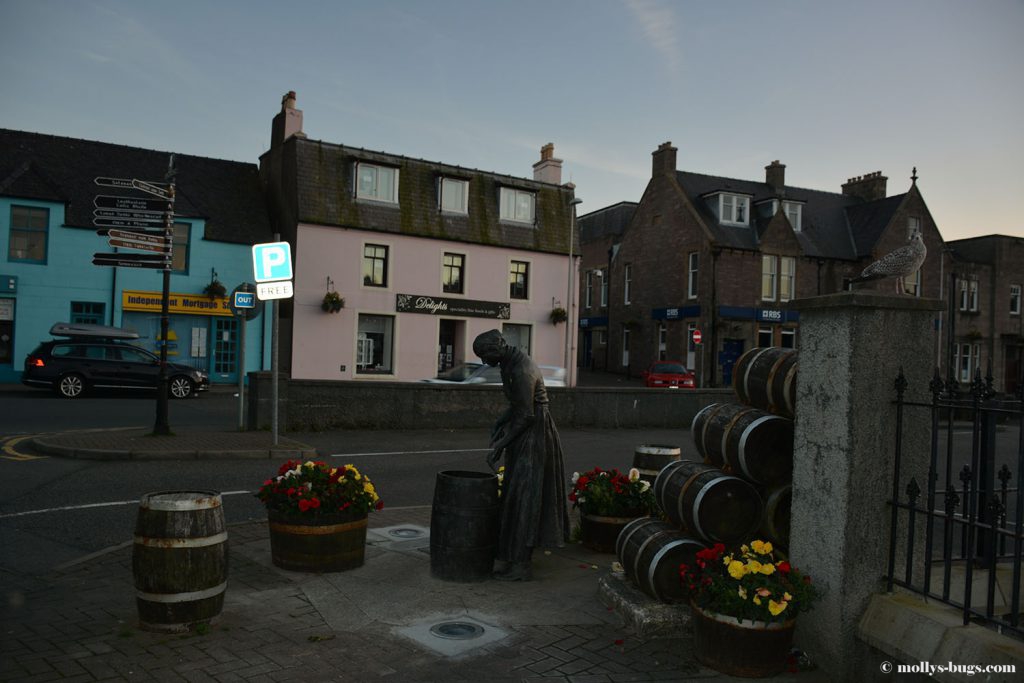
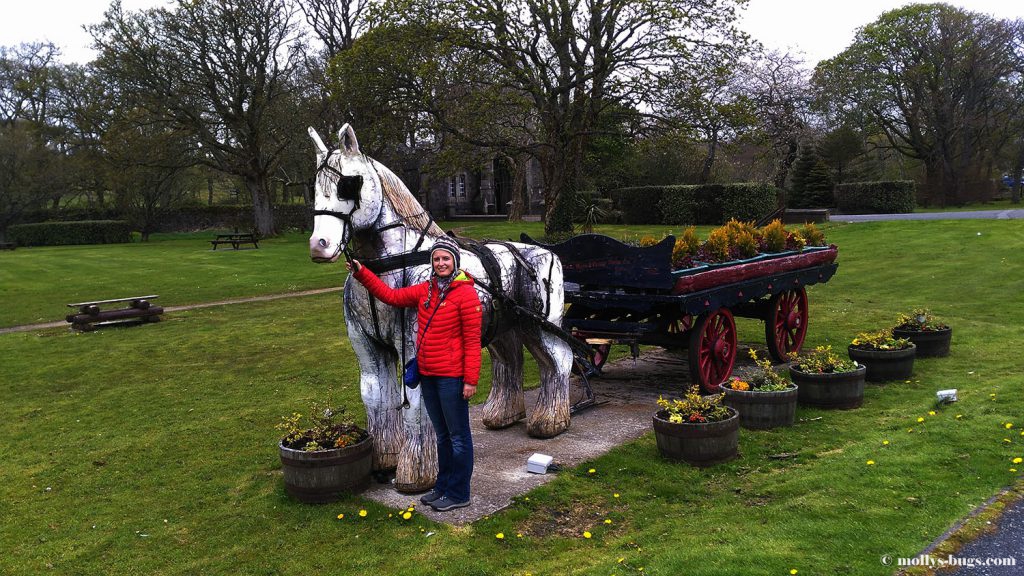
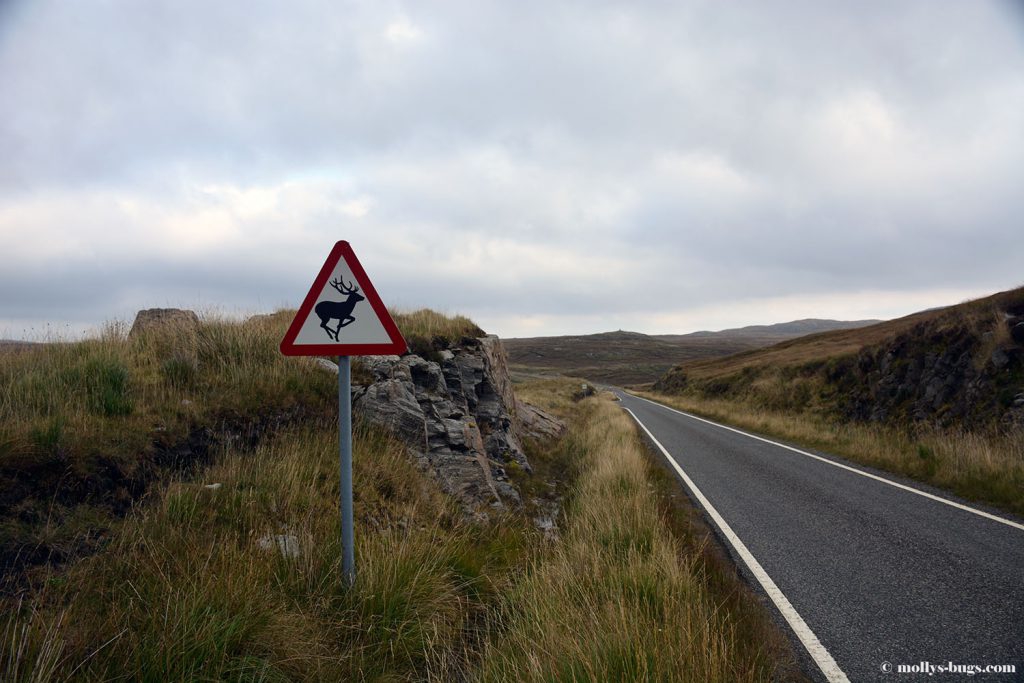
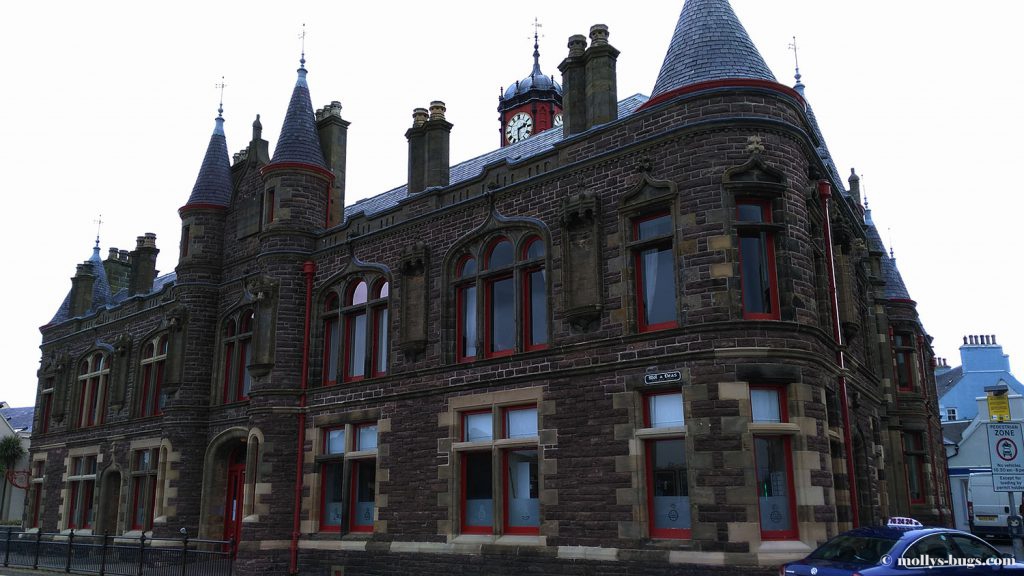
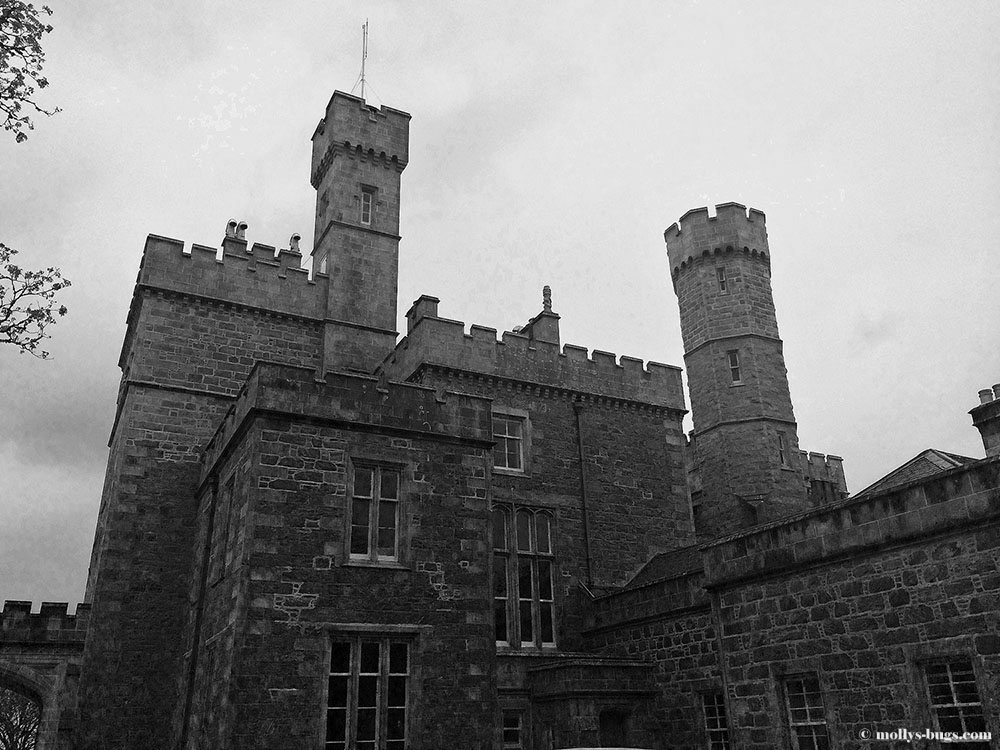
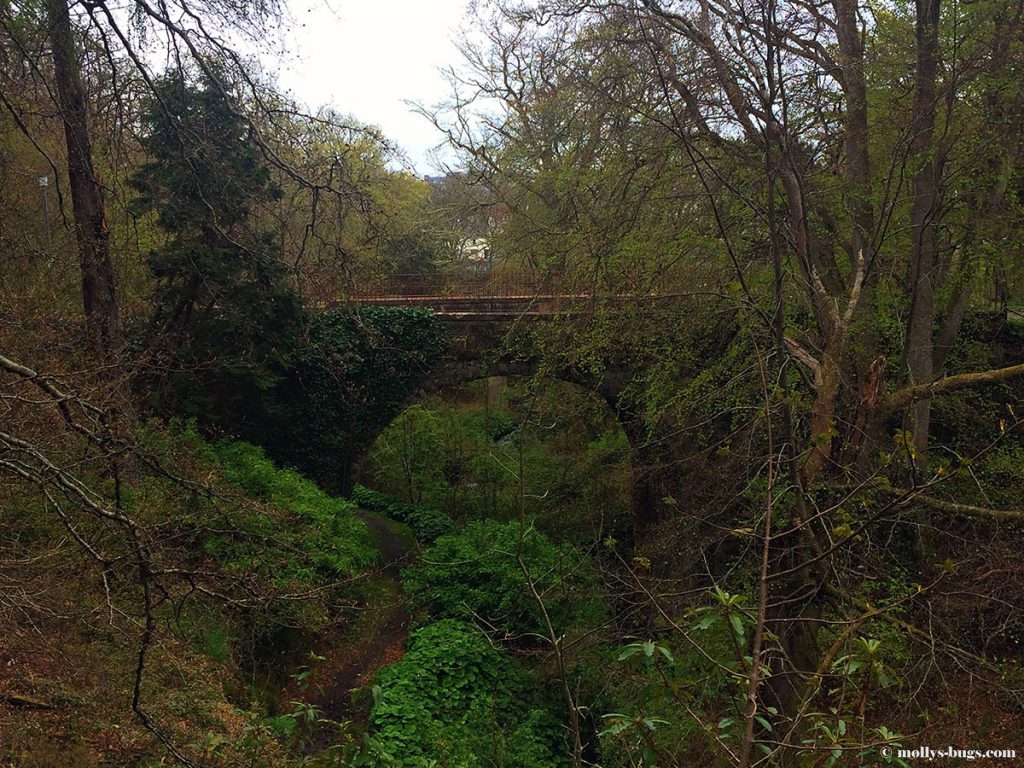
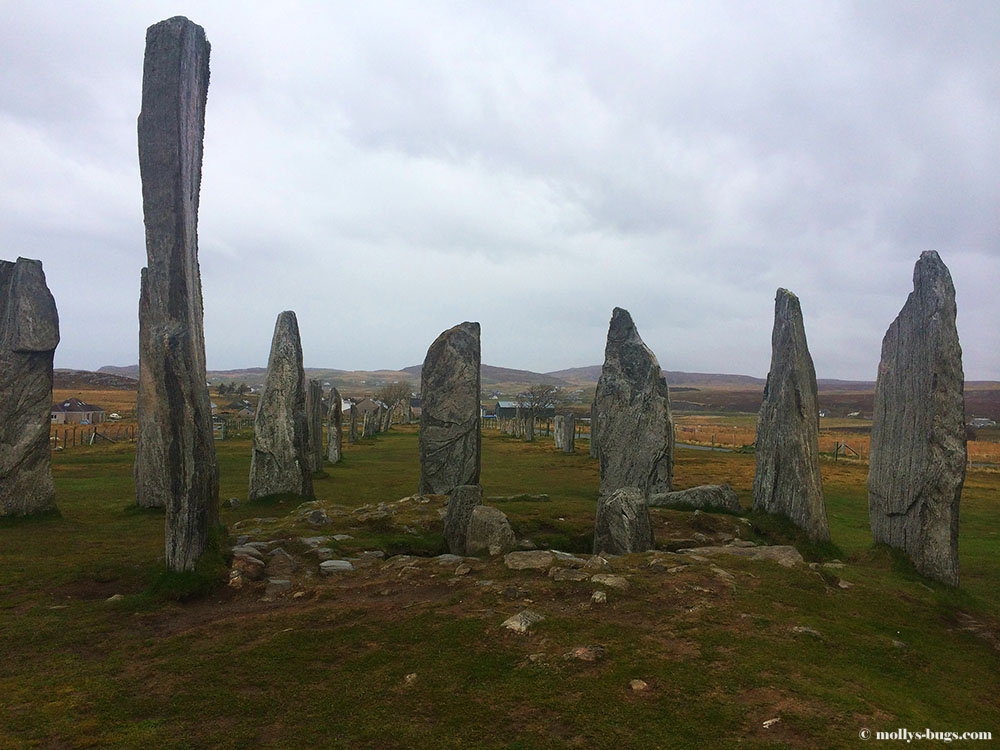
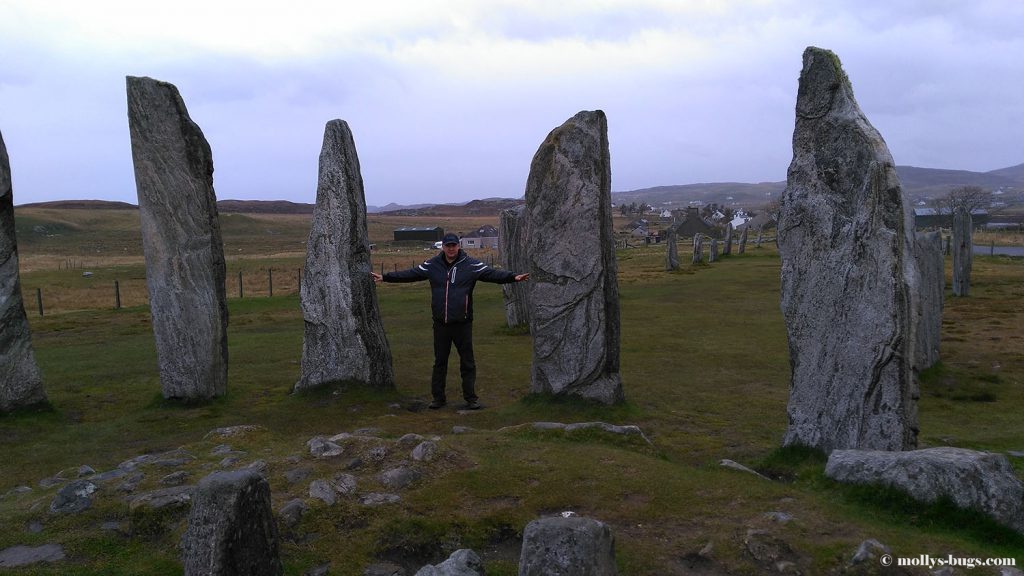
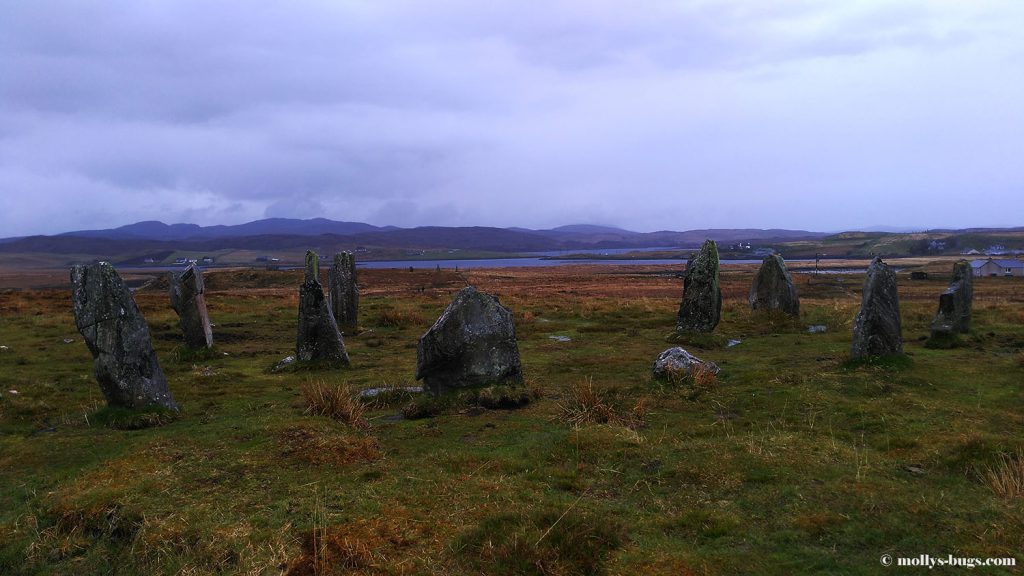
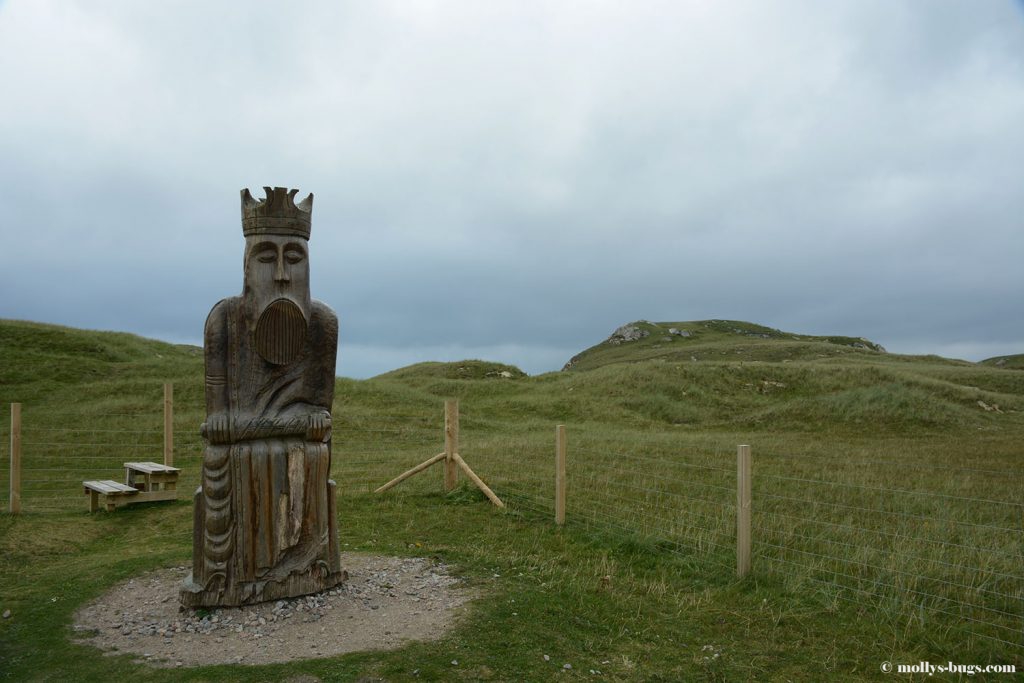
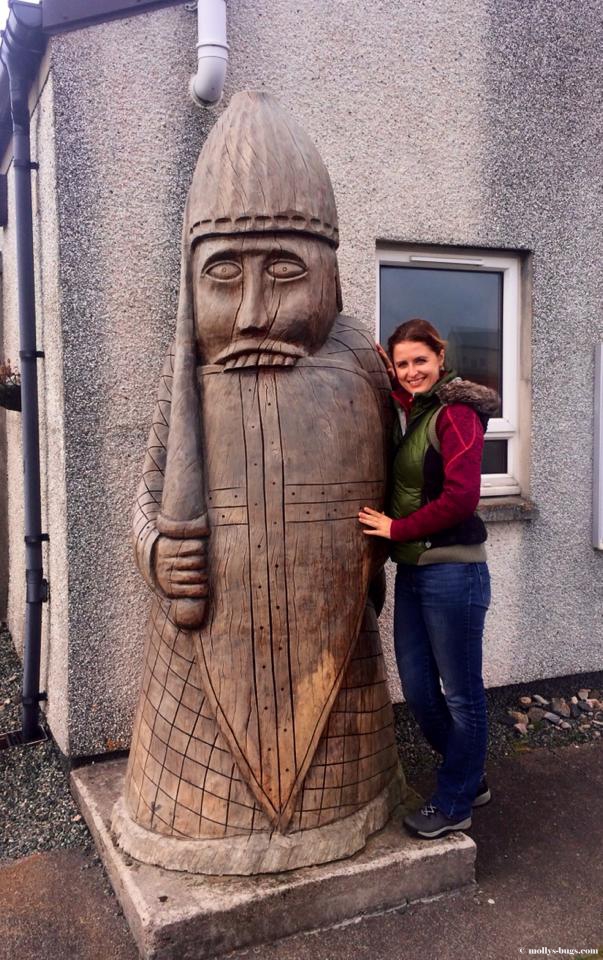
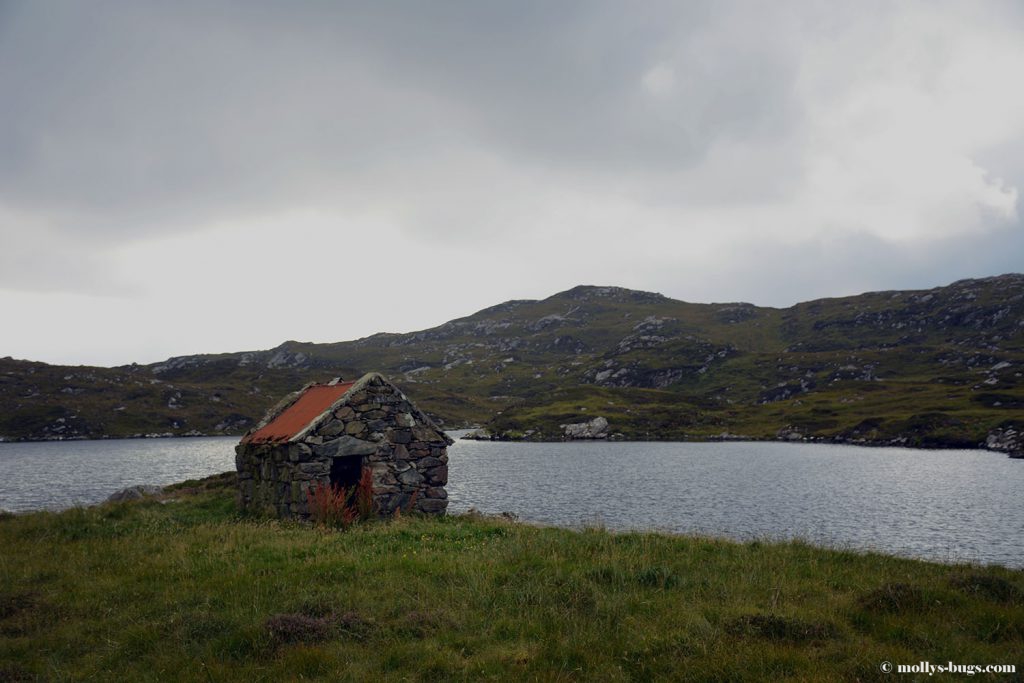
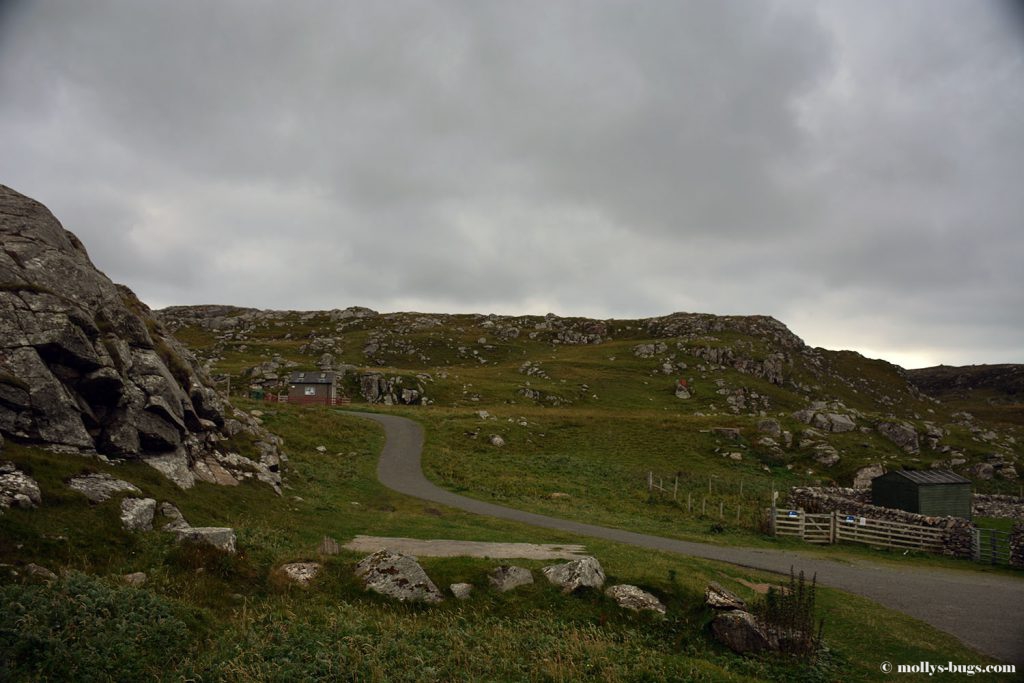
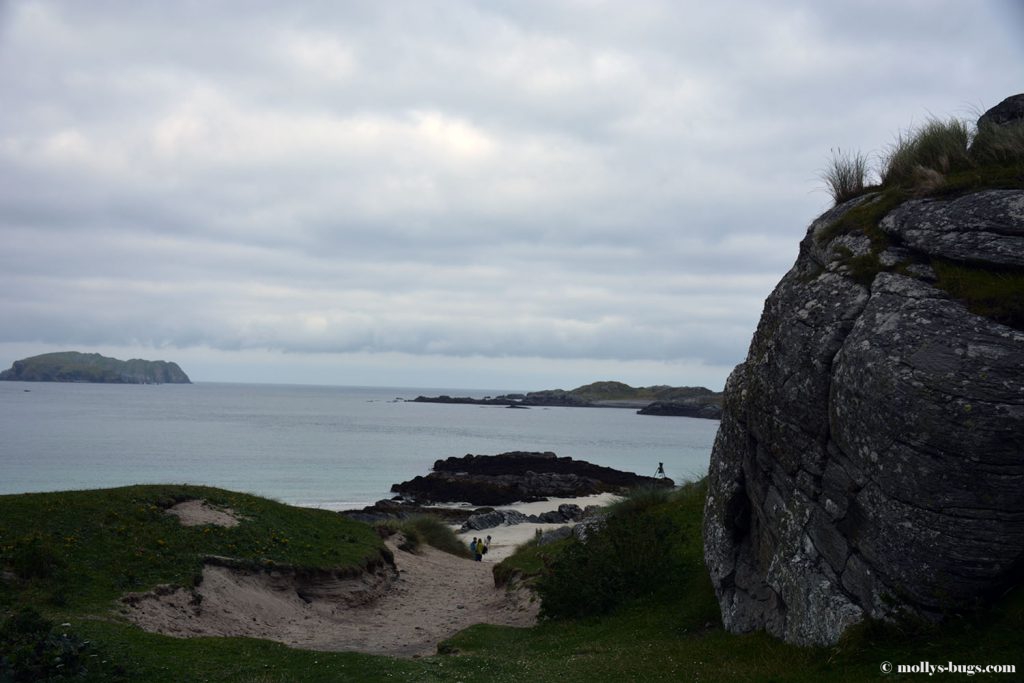
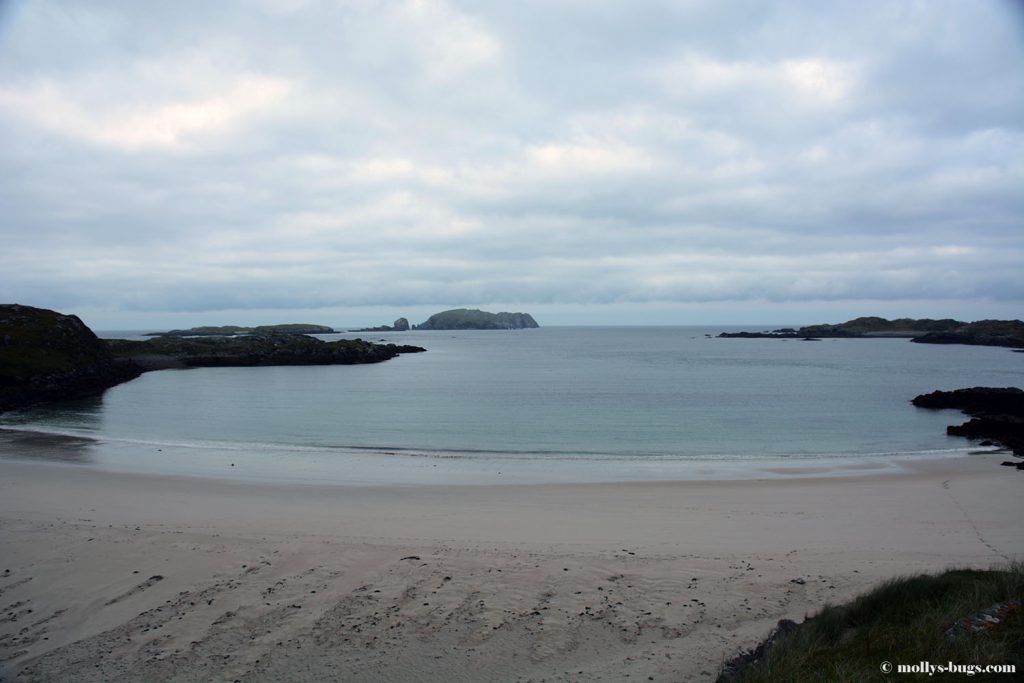
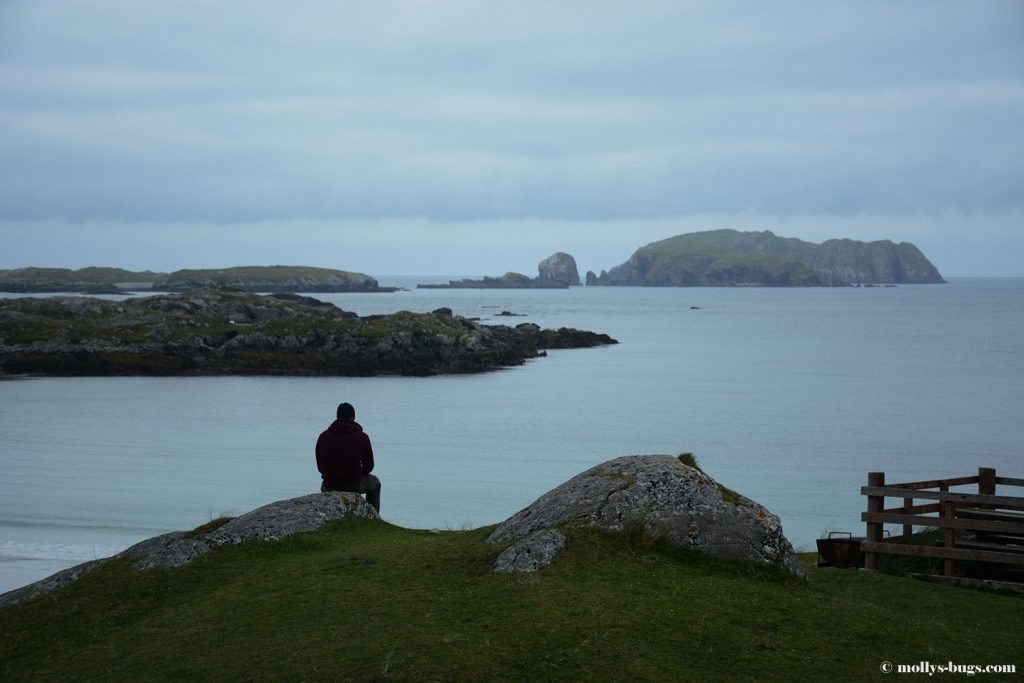
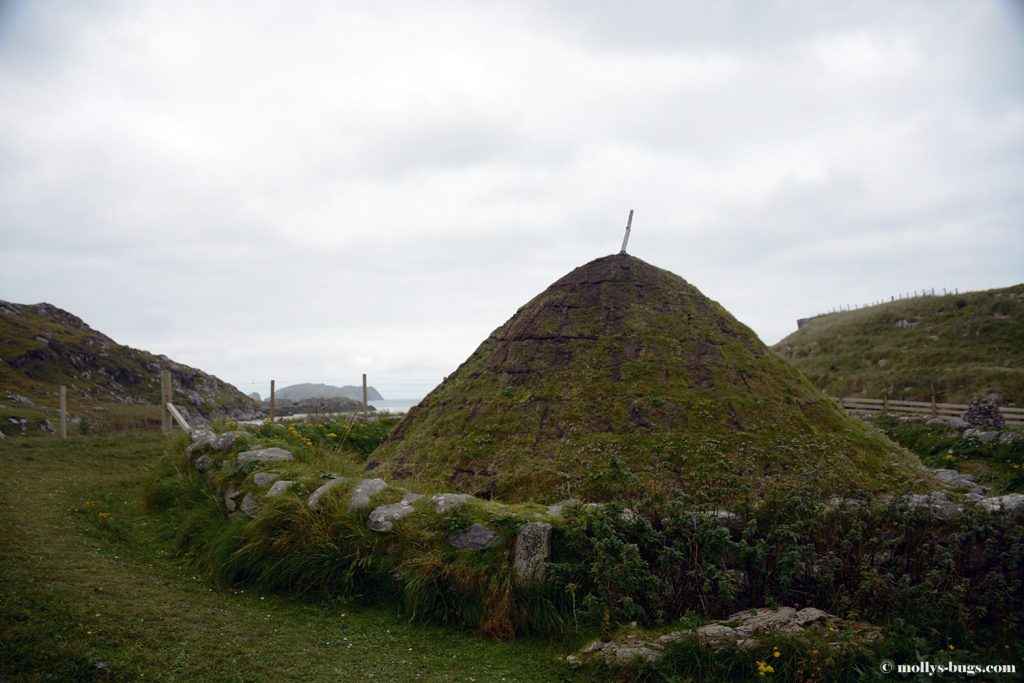
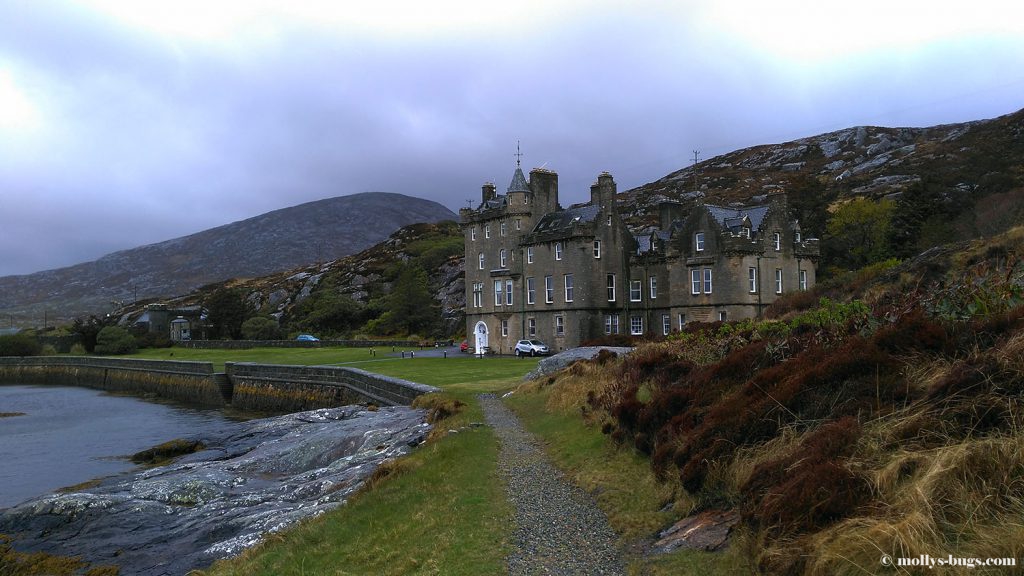
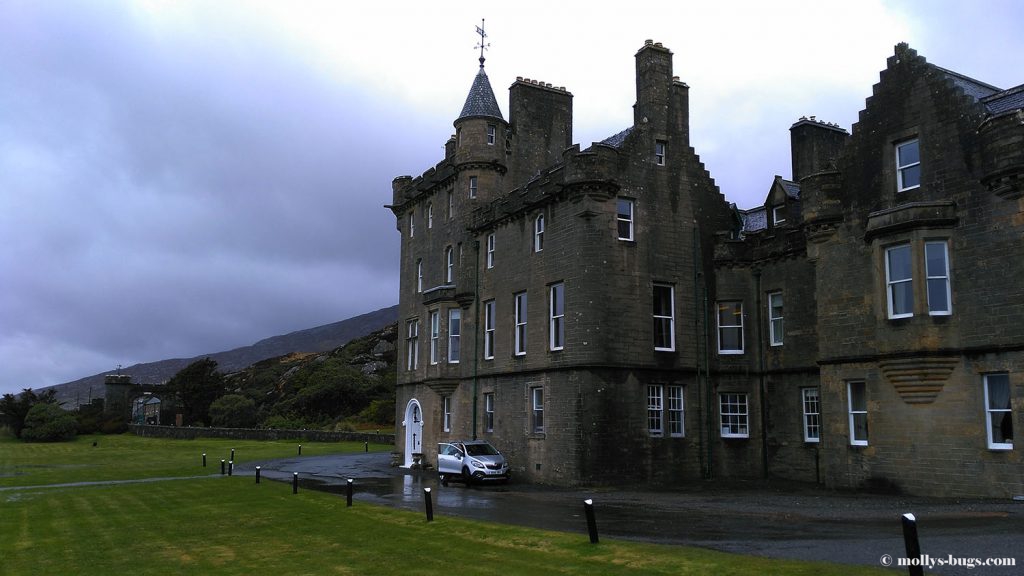
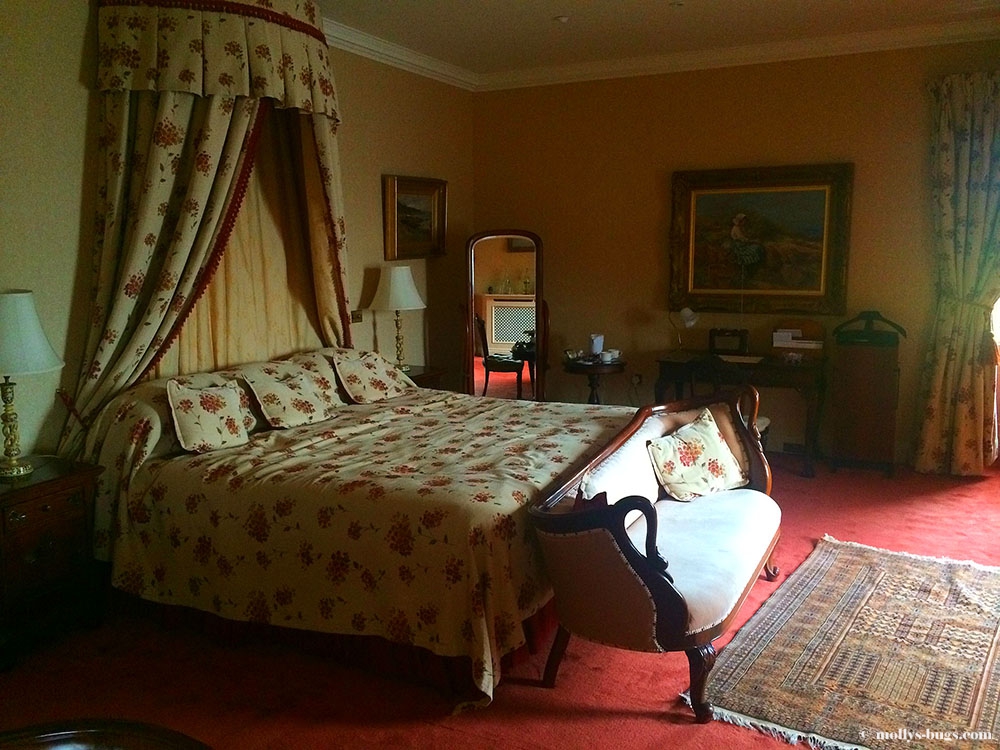
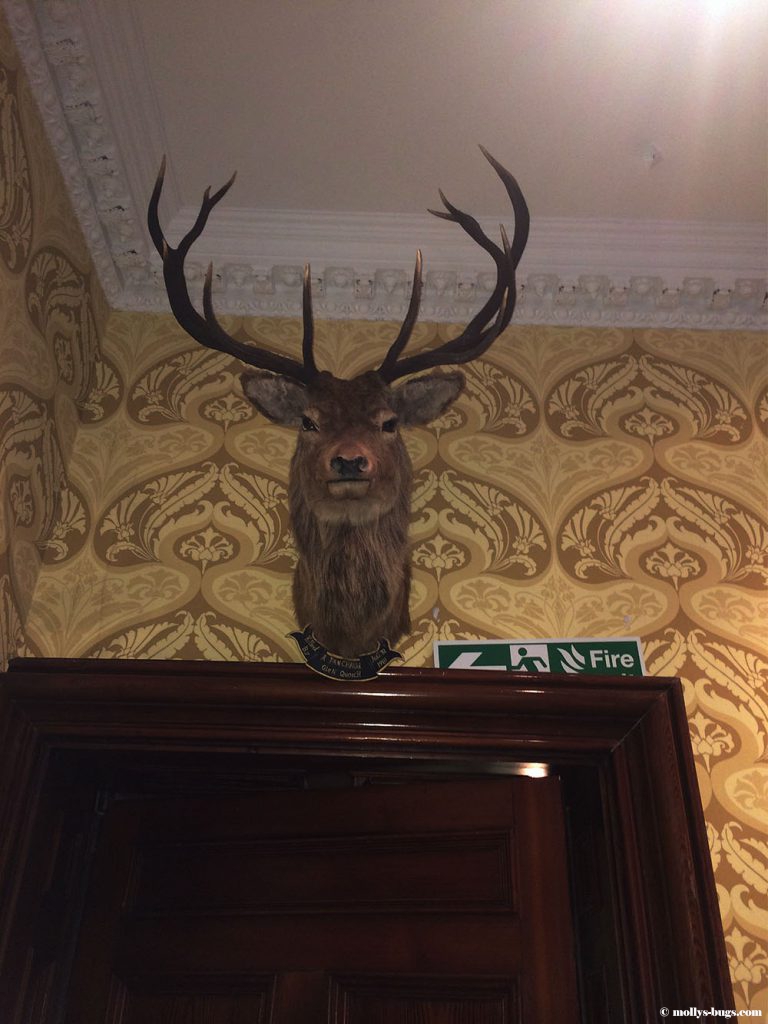
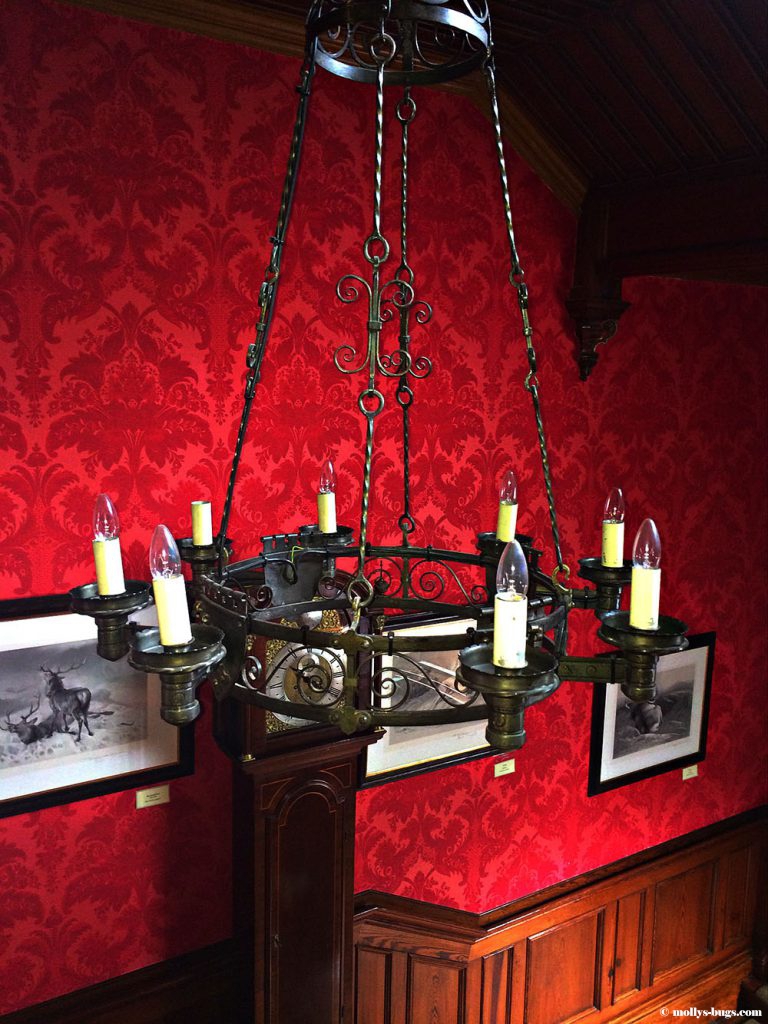
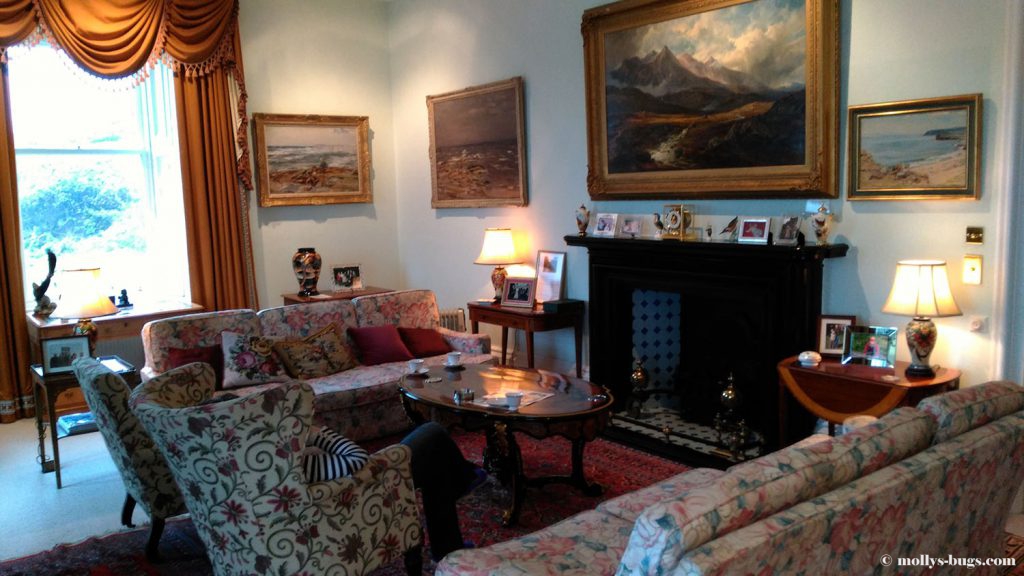
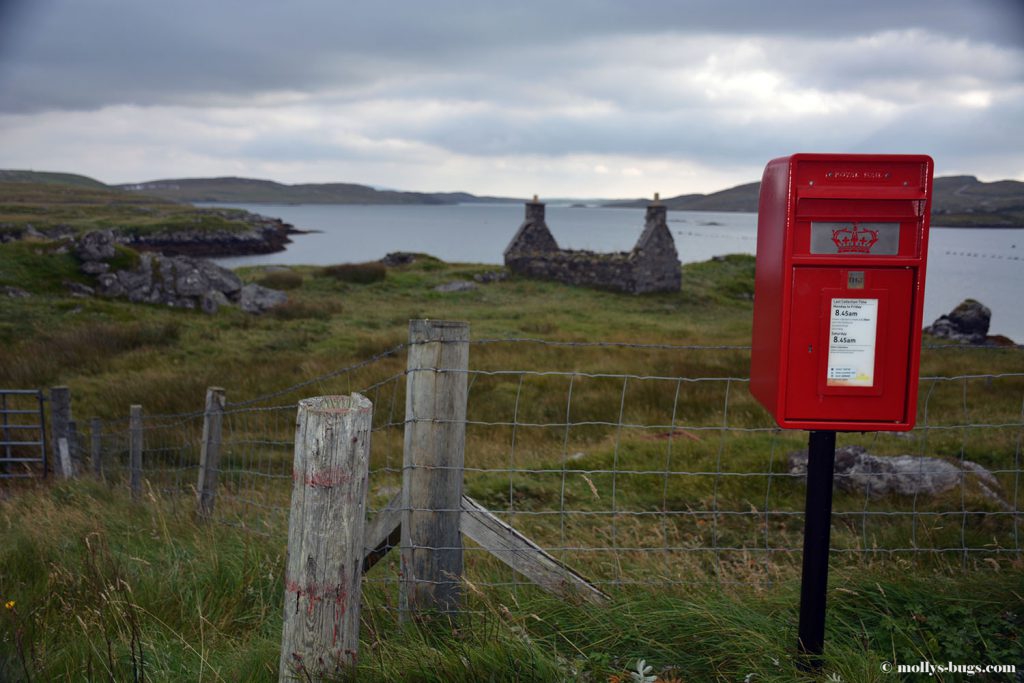






Leave a Reply